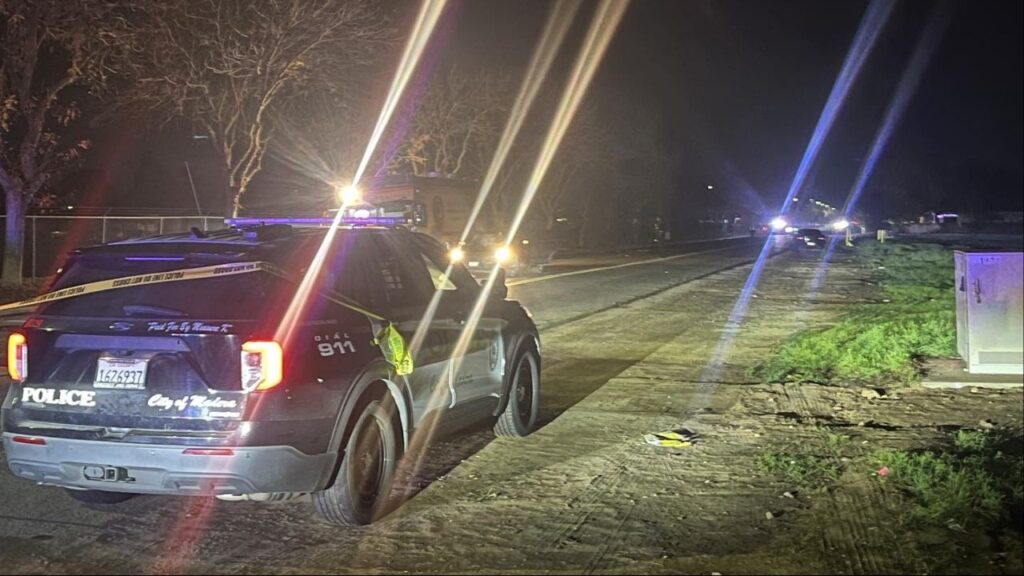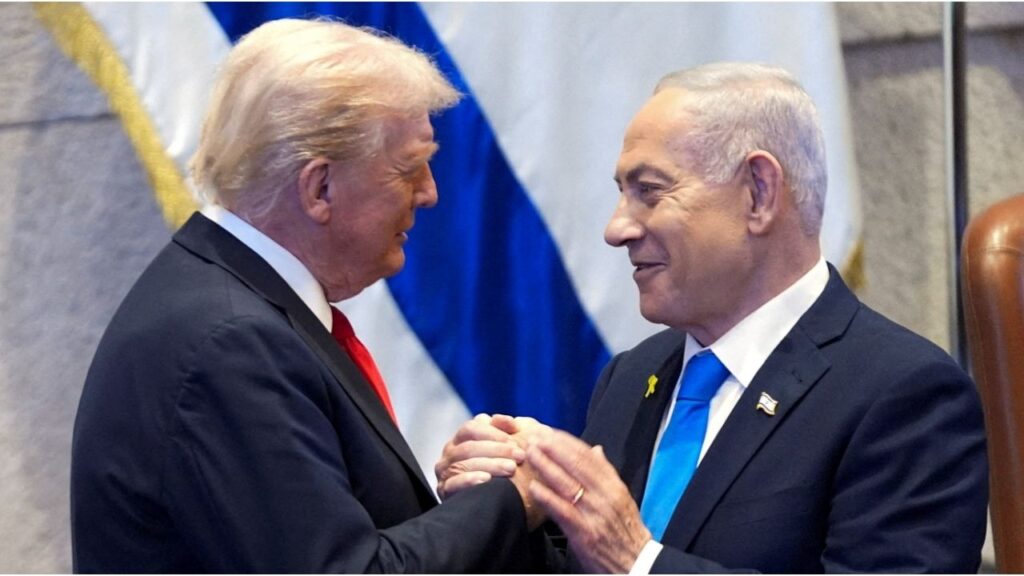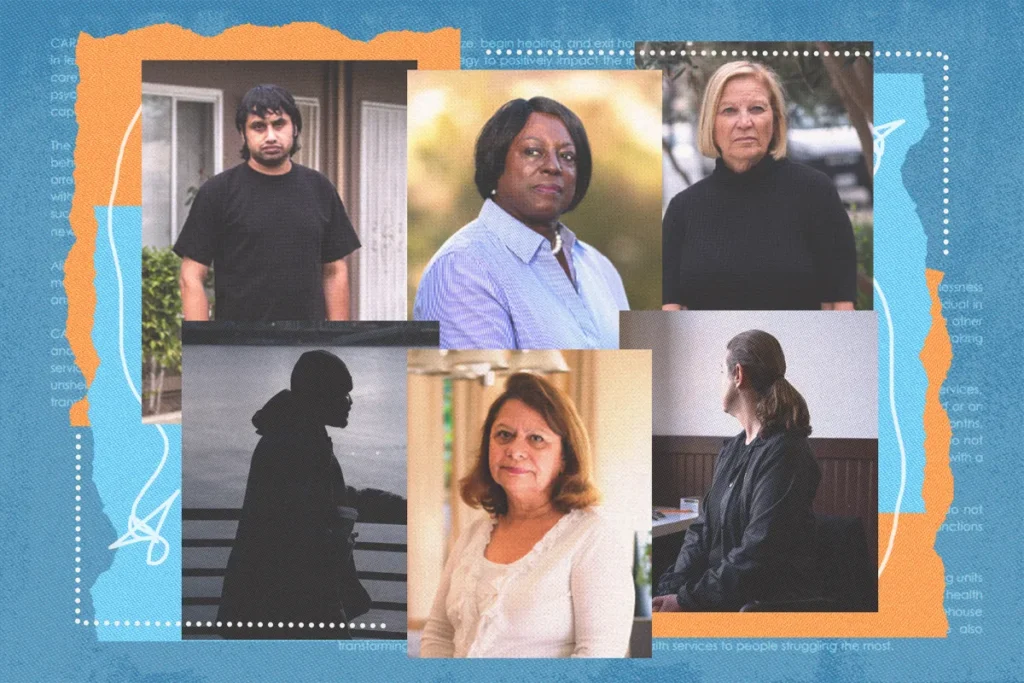Share
Call, text, email, and repeat. Call, text, email, and repeat again.
The job of a COVID-19 contact tracer, or what Gov. Newsom calls a “disease detective,” isn’t glamorous.
But the job is so important that Fresno County must come up with 250 or more contact tracers to reopen the economy in phase two of Newsom’s pandemic roadmap. The county wants at least 300 contact tracers on board.
“We’re not going to wait for the state to staff, the contact tracing program,” said Fresno County Public Health Director David Pomaville during a Zoom meeting with reporters Friday. Pomaville says Fresno County has about 70 tracers now. They are all county employees with other assignments in “normal” times.
Contact Tracer Candidates Reaching Out
Interim Fresno County Health Officer Dr. Rais Vohra hopes to soon share some good news about contact tracing.
“People have actually reached out to us to say how can I become a contact tracer?” Vohra said. “And, I would say keep doing that, please. And stay tuned.”
If you’d like to become a contact tracer, here is the link to indicate that you’re interested.
“We really want contact tracing to be something that we do together. Whether that’s the schools or the first response agencies or the civic leadership agencies, faith-based and community-based organizations,” Vohra said. “We really want to teach each other what will work … and help do containment of potential cases, wherever they pop up.”.
[covid-19-tracker]Virtual Training Program is a Virtual Waiting Room
When GV Wire asked Pomaville how many Fresno County residents got into Gov. Newsom’s contact tracing academy, he said the county bumped into a virtual wall.
“They filled up the pilot within a matter of hours, and so we’re on a waiting list to get our people in the next round of training,” Pomaville said.
He said the virtual academy touted by the governor has many unknowns, but he wants to get some of his staff into the academy. The goal is to learn about the course content and determine what competencies the people will have after the training.
However, Pomaville isn’t waiting: “We’re doing our own in-house training of our staff right now. But if they’ve built a better mousetrap, we want to be able to use it.”
The governor said the first participants in the academy will not be new hires. At least initially, they will be repurposed government employees. Newsom’s goal is to train 20,000 people in two months.
Fresno County Contact Tracer Qualifications
County health department employees now being trained comprise the first wave of contact tracers. Eventually, the county will need to replace all of them.
“What we need to really build is the capacity to replace those individuals, to be able to stay on this, and we’re looking at the time frame from June 1 through the end of the calendar year,” Pomaville said.
To do that, the county is setting aside funding from the CARES Act.
Primary care and hospital systems in the county will be the priority for the tracing program moving forward. This will allow a contact tracer to be present the moment a person is confirmed COVID-19 positive. The county will lean on already established community partnerships and health clinics that have a strong understanding of the population they serve.
Once COVID-19 cases are identified, the contact tracers spring into action.
“So once we’ve identified somebody we want to keep in contact them with them over the course of a week or two. We can do that using smartphones and text messaging and doing phone-calling … for those harder to reach patients,” Pomaville said.
“What’s more important is, we have people who know and understand the communities that they’re working in. Speaking (the right) language. There are all kinds of barriers that come up.”
Watch: The Role of a Contact Tracer
High-End Data System
Just as important as the contact tracers is sharing the data with other counties and the state.
“That integrated system is going to be very important, and the state has made very strong observations and commitments that they’re putting together a very high-end data system,” Pomaville said. “I think similar to what’s being done in Massachusetts.”
The website for Massachusetts’ Community Tracing Collaborative describes the tracing protocol:
“When we call, a MA COVID team member will ask you for a list of all of the people you were within six feet of during the two days before you had symptoms. If you don’t have symptoms, we’ll ask about your activity during the two days before your diagnosis. We will also ask for the phone numbers of anyone you tell us about, so they can be called and cared for.”
In addition to what the state of California is doing to develop its data system, Pomaville said, “We’ve set aside about $10 million dollars of the CARES Act to support that effort.”
Categories

7-Eleven Inc Says CEO Jeo DePinto to Retire


















